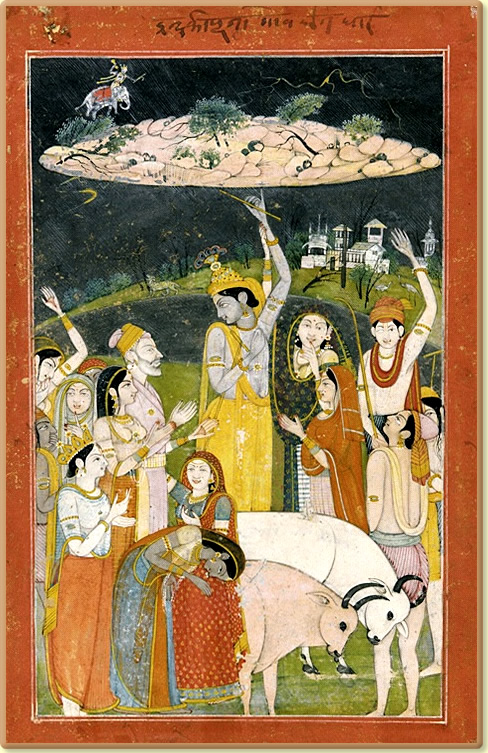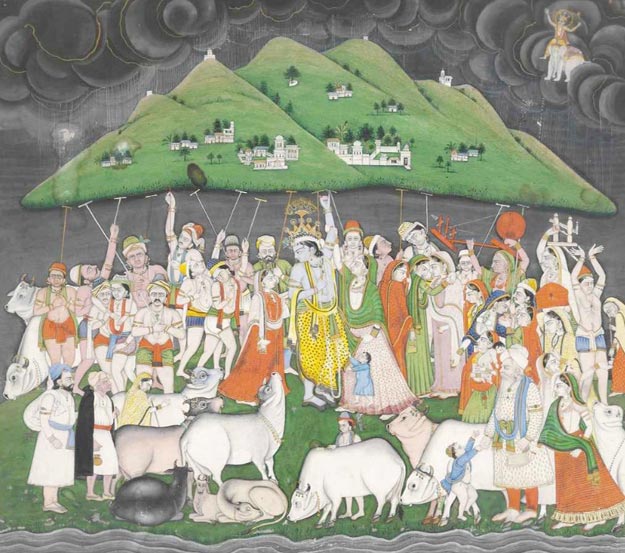hariḥ oṁ
~~~~~~
namasté
from the last post above,
What is your opinion on this? Why is it tripuṇḍra and not pañca-puṇḍra or 5 marks ( lines).When this bhasma is worn on the forehead 3 lines or tripuṇḍra are drawn.
If some one came to me and asked my advice I would say yes, pañca-puṇḍra is my recommendation.
Yet we use tripuṇḍra ( 3 lines). Why so ?
iti śivaṁ




 Reply With Quote
Reply With Quote




Bookmarks